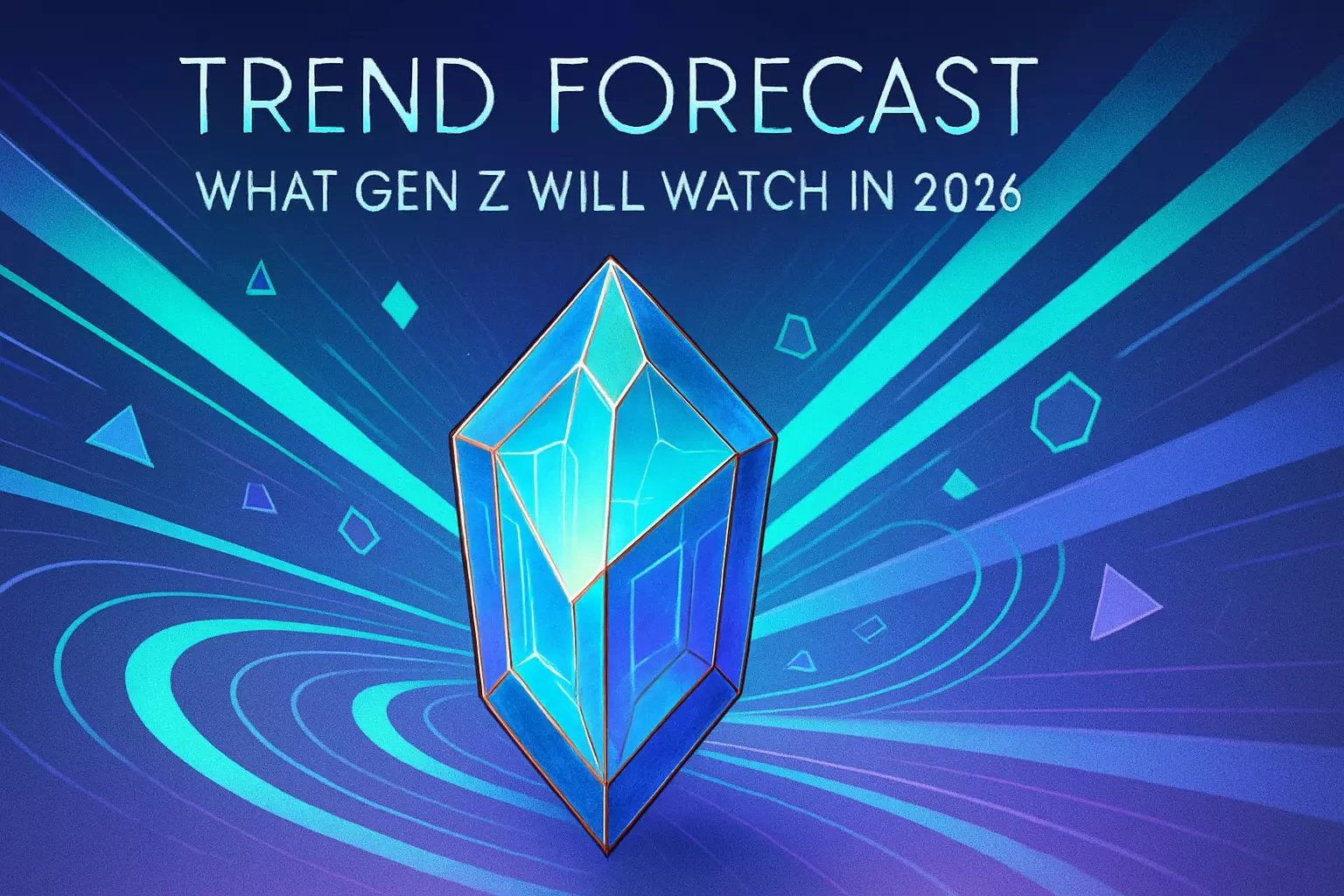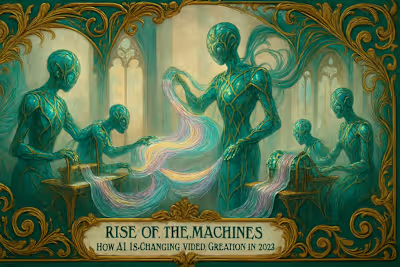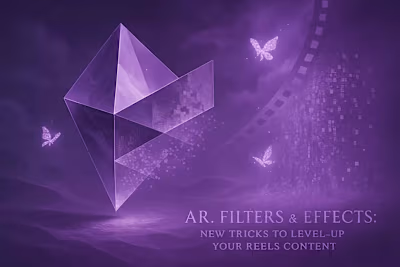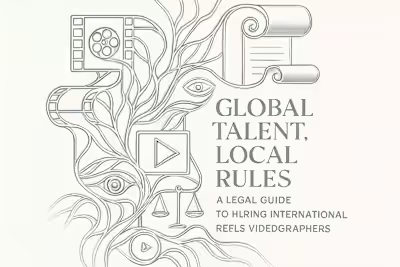Trend Forecast: What Gen Z Will Watch in 2026

Trend Forecast: What Gen Z Will Watch in 2026
The Core Pillars of Gen Z Content Consumption
Radical Authenticity and Lo-Fi Content
Community Over Content
Values-Driven and Socially Conscious Media
Format Forecast: What Will Short-Form Video Look Like in 2026?
The Rise of 'Mid-Form' Content
Immersive and Interactive Storytelling
The Creator-Audience Blur
Key Content Trends to Watch For
The 'Un-Influencer': Niche Experts and Relatable Voices
AI-Assisted and Co-Created Content
Hyper-Local and Community-Focused Stories
How Brands and Videographers Can Prepare Now
Build Community, Not Just an Audience
Embrace Experimentation and New Formats
Prioritize a Clear Brand Voice and Values
References
Trend Forecast: What Gen Z Will Watch in 2026
The Core Pillars of Gen Z Content Consumption
Radical Authenticity and Lo-Fi Content
Community Over Content
Values-Driven and Socially Conscious Media
Format Forecast: What Will Short-Form Video Look Like in 2026?
The Rise of 'Mid-Form' Content
Immersive and Interactive Storytelling
The Creator-Audience Blur
Key Content Trends to Watch For
The 'Un-Influencer': Niche Experts and Relatable Voices
AI-Assisted and Co-Created Content
Hyper-Local and Community-Focused Stories
How Brands and Videographers Can Prepare Now
Build Community, Not Just an Audience
Embrace Experimentation and New Formats
Prioritize a Clear Brand Voice and Values
References
Posted Jun 30, 2025
Peer into the future of content. We're forecasting the key trends and shifts in what Gen Z will be watching in 2026, and what it means for your video strategy.









